Spot on PRIVACY scholars: Hui-Yi Yang
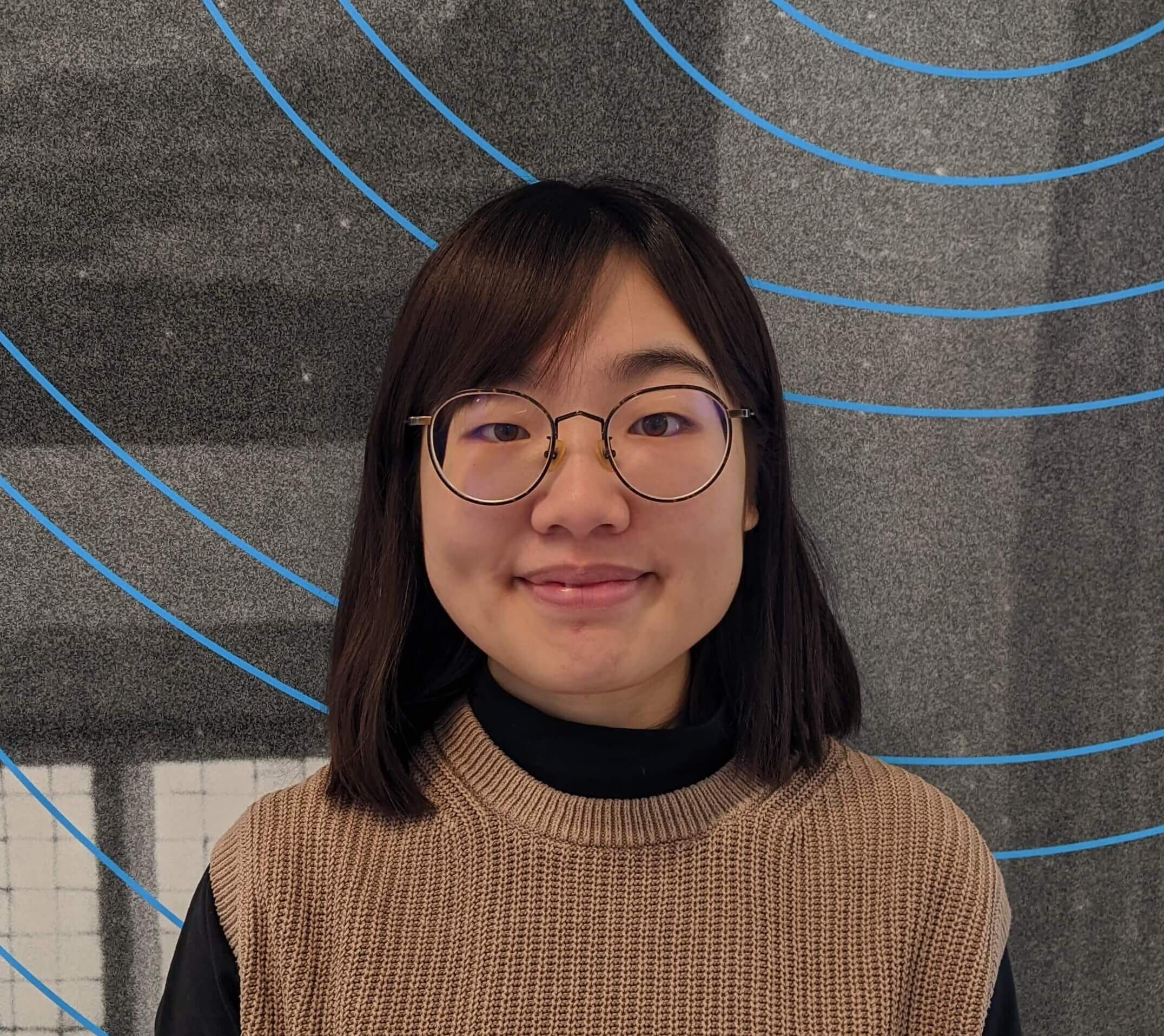
We recently interviewed PhD student Hui-Yi Yang about her research stay in Taiwan this semester. Hui-Yi has a master’s degree in architecture from the Royal Danish Academy, and in her PhD, she focuses on darkness and privacy in architectural history. Structured as a case study design, Hui-Yi is exploring how the light/darkness phenomena impacts sleeping and death rituals within the homes of different historical contexts. The cases include the bed within the Siraya Indigenous People's House in Formosa (now Taiwan) during Dutch colonization (1624-1662) and the bed box in Rembrandt’s House during the residency of Rembrandt’s wife, Saskia (1639-1642).
How does it feel to be back in Taiwan, and what are you working on at the moment?
It is a mix of old and new feelings. I visit my friends and family on the weekends, and I go to places I have been to many times before, but now I also see my surroundings through the lens of my research. For example, when I walk around, I think, “This used to belong to the Indigenous People before the Dutch came,” which gives me a new perspective on familiar places.
I am currently at the Institute of Taiwan History, Academia Sinica in Taipei, where I am working on collecting and reading written sources on the Siraya Indigenous People. There is an exhibition, The Genre Paintings of Taiwan’s Aboriginal Peoples, about how they lived in the 18th century, including detailed drawings and descriptions of their houses. I am comparing depictions of Sirayan houses during the Dutch colonization (1624-1668) and the Qing dynasty (1683-1895) that followed, noting both the changes and continuities over time.
What are your main goals during your research stay, and how does it contribute to your PhD project?
Before coming here, I noticed a gap in my research between the written sources by the Dutch and Chinese, and the Siraya Indigenous People’s own perspective on their history. My main goal has therefore been to study material culture extracted from archaeological findings at the excavation site where they used to live, while also looking for other written sources in Taiwan.
I have visited an excavation site where they have uncovered artefacts from the 17th century. I have also visited the existing villages to see how the locals live today. Even though the villages are not in the context of the 17th century, I want to understand how present-day communities connect to their historical roots. By studying both the material culture they left behind and their current way of life, I hope to gain a deeper understanding of the Siraya Indigenous People’s history and present situation.
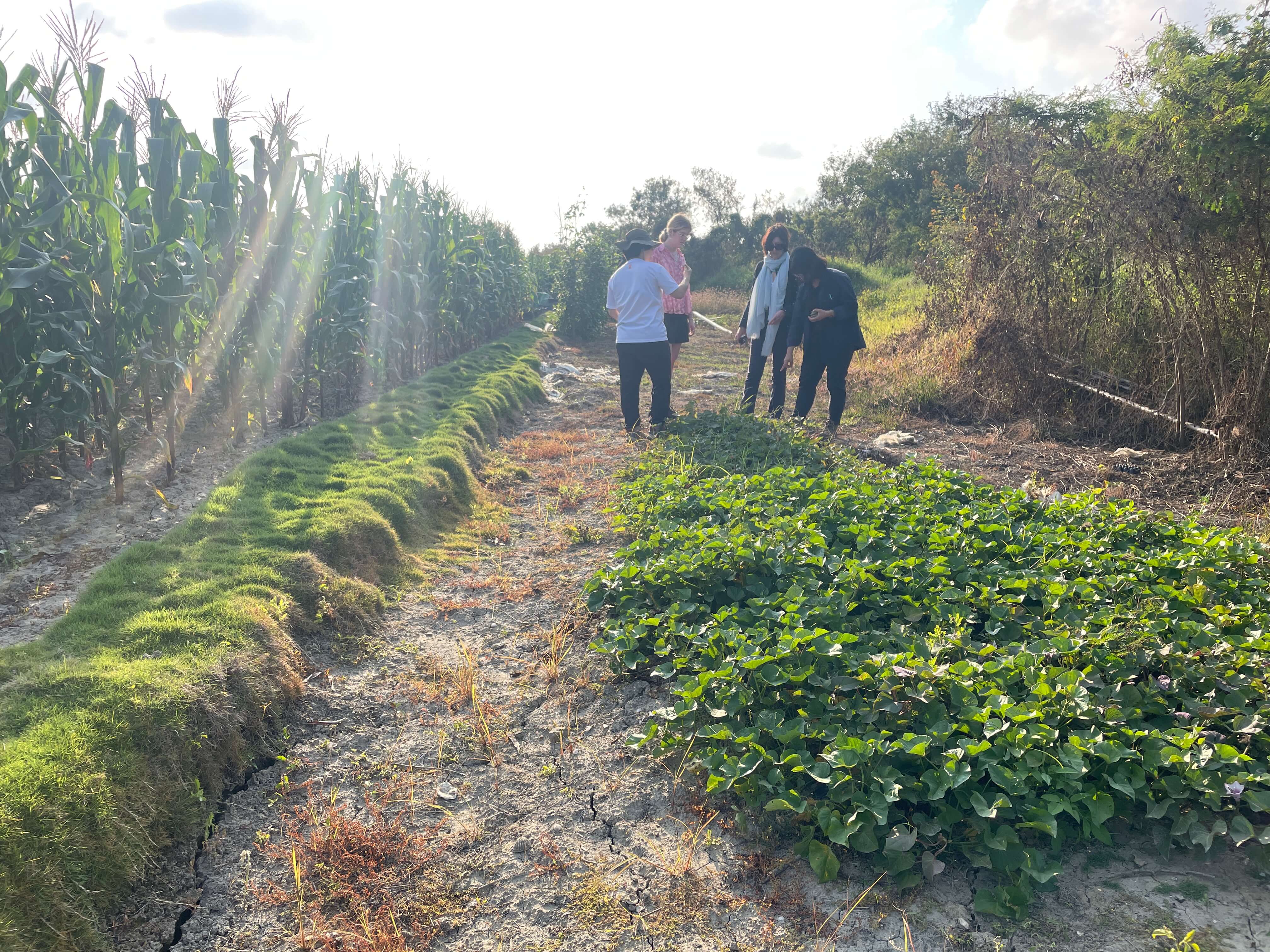
What did you learn from visiting the excavation site and villages?
The excavation site gave me an experience that allowed me to imagine what was happening there in situ, especially regarding the pottery that was uncovered. Pottery was much more than a functional object—it also had spiritual and ritual significance. For example, the Siraya Indigenous People used pottery as a sacred object because of the water it contained, which symbolized purification. This multifaceted role of pottery, both in daily life and sacred practices, caught my attention. During my visit to the Sirayan village, I saw that these practices are still maintained today, with pottery being used to hold water for prayers. Although the village has undergone Sinicization, some sacred rituals, like using pottery in these ceremonies, have been preserved. All of this has deepened my interest in understanding how everyday objects like pottery connect to daily life and spiritual rituals within and outside their homes.

In your PhD project, you are also investigating the role of darkness and privacy in sleeping and death rituals within the home across different historical contexts. How did you become interested in that?
My interest in darkness began when I moved to Denmark. I was struck by how drastically the light and shadow change with the seasons—something I had not really paid much attention to in Taiwan. During my Master’s studies, I spent a lot of time in a light lab at the Royal Danish Academy, where I became fascinated by how light and shadow shape domestic spaces.
In my PhD, I am exploring how sleeping and death rituals relate to darkness and privacy at home. One of the most intriguing things in my case study on the Siraya Indigenous People is that the deceased were often buried underneath the bed where they used to sleep. This spatial relationship between the places of sleep and death is something I found interesting to study, and I am continuously exploring its connection to darkness and privacy. According to a Dutch source, the interior of the Siraya Indigenous People’s house was very dark, and the Dutch assumed a lack of privacy because there were no doors in each compartment. This judgement made me rethink what privacy means in the context of the Siraya Indigenous People, and how their interior spaces are related to darkness and privacy.
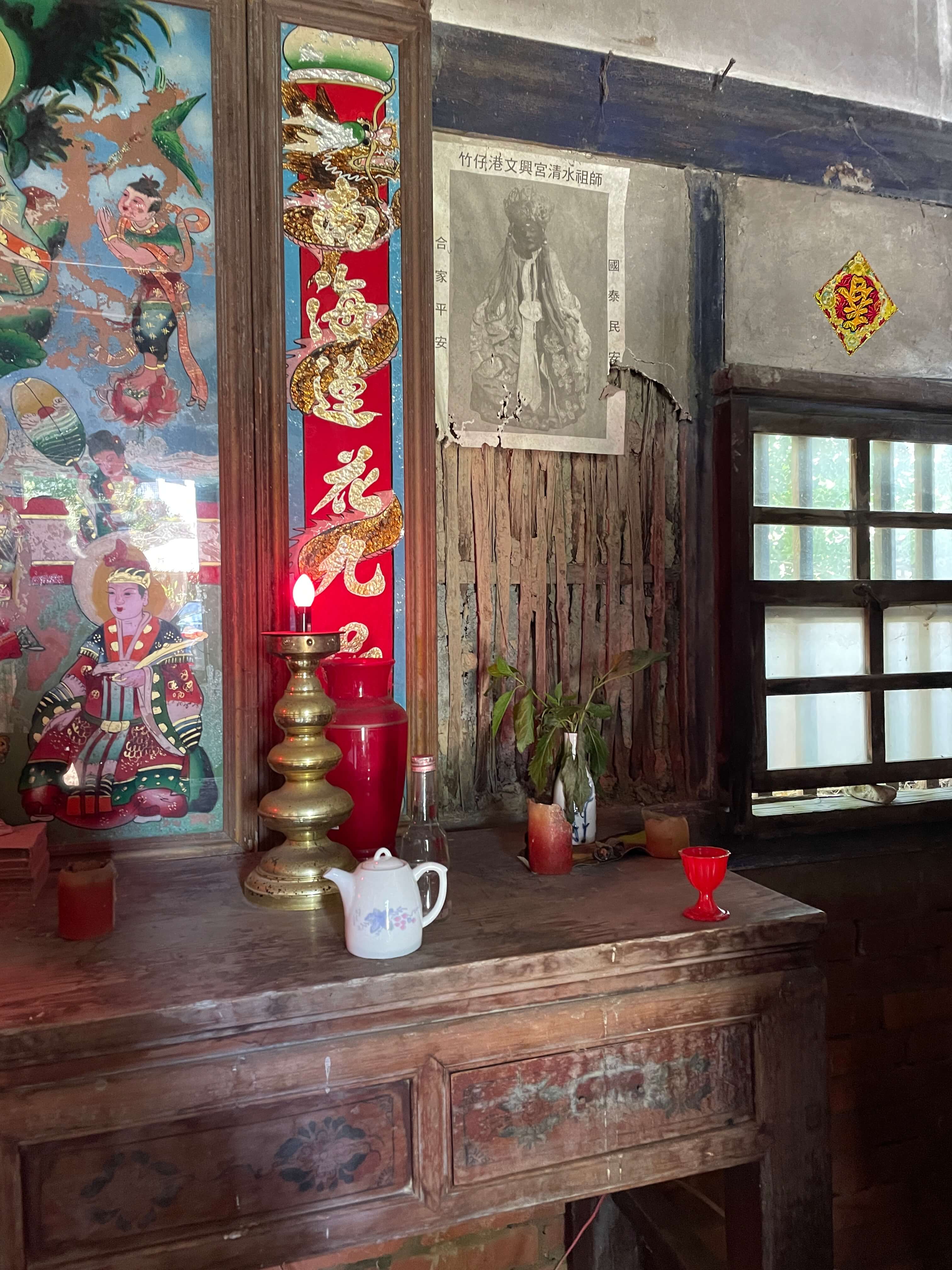
Has anything surprised you during your research here?
A surprise came from meeting researchers from the UK, the Netherlands, Japan, and Taiwan who focus on specific colonial periods in the Siraya Indigenous People’s history. It has been interesting to hear their perspectives and the difficulties they faced in researching this topic, especially since the Siraya Indigenous People have been under several colonial powers. It is difficult to analyze the influence of one colonial power, since many effects occurred over a longer period, and different colonial cultures intertwined with each other. That discussion with the researchers has also pushed me to reflect on my own methodology for analyzing this case study and to avoid the bias of reading only the Dutch sources, by comparing them with other sources from the Chinese.
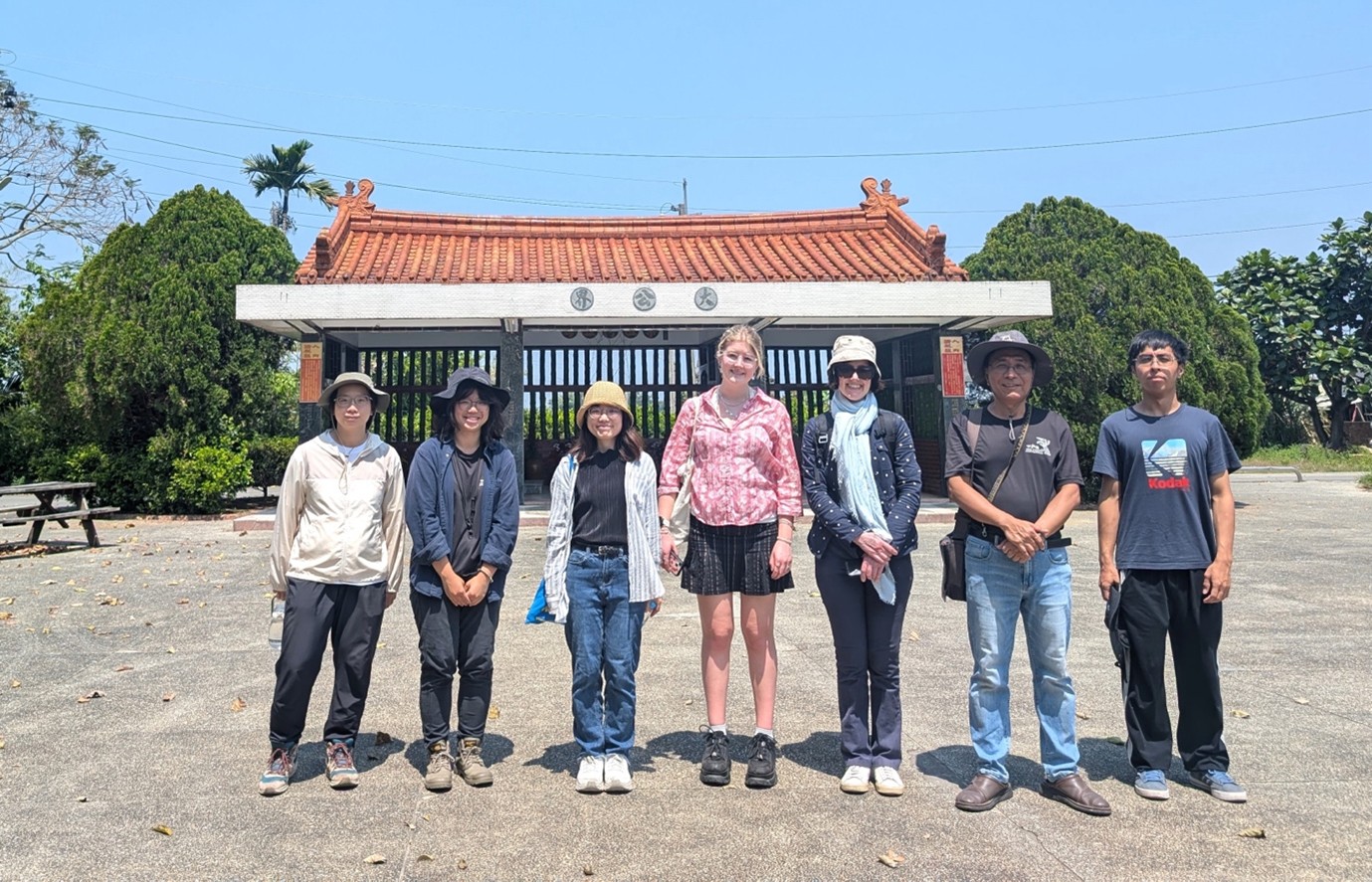
From your perspective, how is privacy understood and experienced in Taiwan?
In Taiwan, one way to understand privacy is through the concept of the “Three Wise Monkeys”. It is an expression that means you should not look at, listen to, or speak about things that do not concern you or that would be impolite to others. In my family, we were taught not to bring up personal matters unless they were shared voluntarily, as a way of showing respect. While it may not be a direct definition of privacy, it reflects a cultural approach to respecting others’ boundaries and privacy.
A Dutch source about the Siraya Indigenous People’s house in 1623 also mentioned that when men pursued women they would sing or play an instrument in front of the woman’s house at night. This way of pursuit is interesting, as other inhabitants who lived at the same house would hear it as well, but ignoring it may reflect a similar case of the “Three Wise Monkeys.”
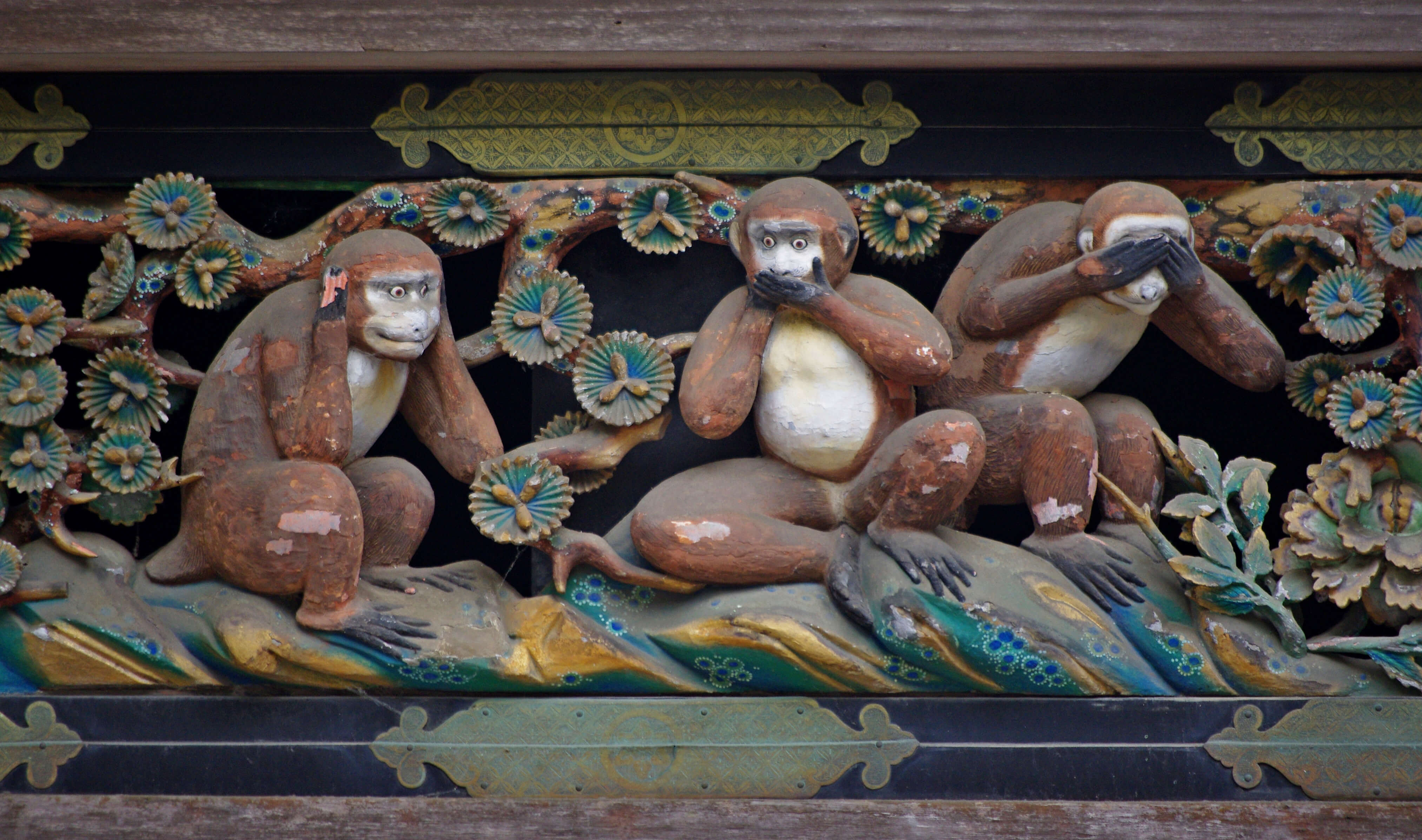
CC BY-SA 4.0, https://commons.wikimedia.org/w/index.php?curid=11329433
Acknowledgements
The interviewee wishes to thank the Institute of Archaeology, National Cheng Kung University and the Institute of Taiwan History, Academia Sinica for their invaluable support and insights during her research stay.
